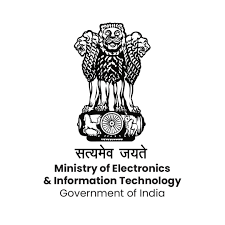India Plans $3 Billion Aid and Tariff Cuts to Boost Electronics Manufacturing

The Indian government is reportedly considering new subsidies for electronic component manufacturers and reducing import tariffs to encourage local production, particularly for smartphones made by companies like Apple Inc.
Proposed Subsidies and Tariff Reductions
The Ministry of Electronics and IT has proposed financial support of at least 230 billion rupees ($2.7 billion) for manufacturers of components such as batteries and camera parts, according to sources familiar with the discussions. The proposal also includes tariff reductions on certain electronic components, a move aimed at lowering production costs.
A final decision on these measures will rest with the cabinet, and, if approved, the specifics could be announced in the upcoming budget in February, the sources added.
The Ministry of Electronics and IT and the Finance Ministry have not commented on the matter. The Economic Times of India first reported the subsidy plan.
Strengthening Local Supply Chains
Prime Minister Narendra Modi’s government has already invested billions in incentives to attract companies like Apple and Samsung Electronics Co. to establish manufacturing facilities in India. As a result, India’s iPhone exports have surged significantly.
The new plan aims to build on this success by creating a more robust supply chain for smartphone manufacturers, who currently rely heavily on imports for key electronic components from countries like China.
Targeted components under the proposed subsidies include microprocessors, memory, storage, multi-layered printed circuit boards, camera lenses, and lithium-ion cells. The subsidies will vary depending on the component, sources said.
Industry Impact and Expert Opinions
“This is a key step to integrate India into global value chains, though the benefits will likely become apparent only in the medium to long term,” said Madhavi Arora, lead economist at Emkay Global Financial Services. She added that earlier subsidies in the sector have already improved efficiencies, and this proposal would build on those gains.
A report by government think-tank Niti Aayog last year recommended tariff rationalization and fiscal incentives to strengthen India’s electronics manufacturing sector. India faces stiff competition from countries like Vietnam in attracting foreign companies diversifying their supply chains away from China.
India’s current tariffs on electronic components range from zero to 20 percent, roughly five to six percent higher than those in China and Malaysia, according to Niti Aayog’s research.





